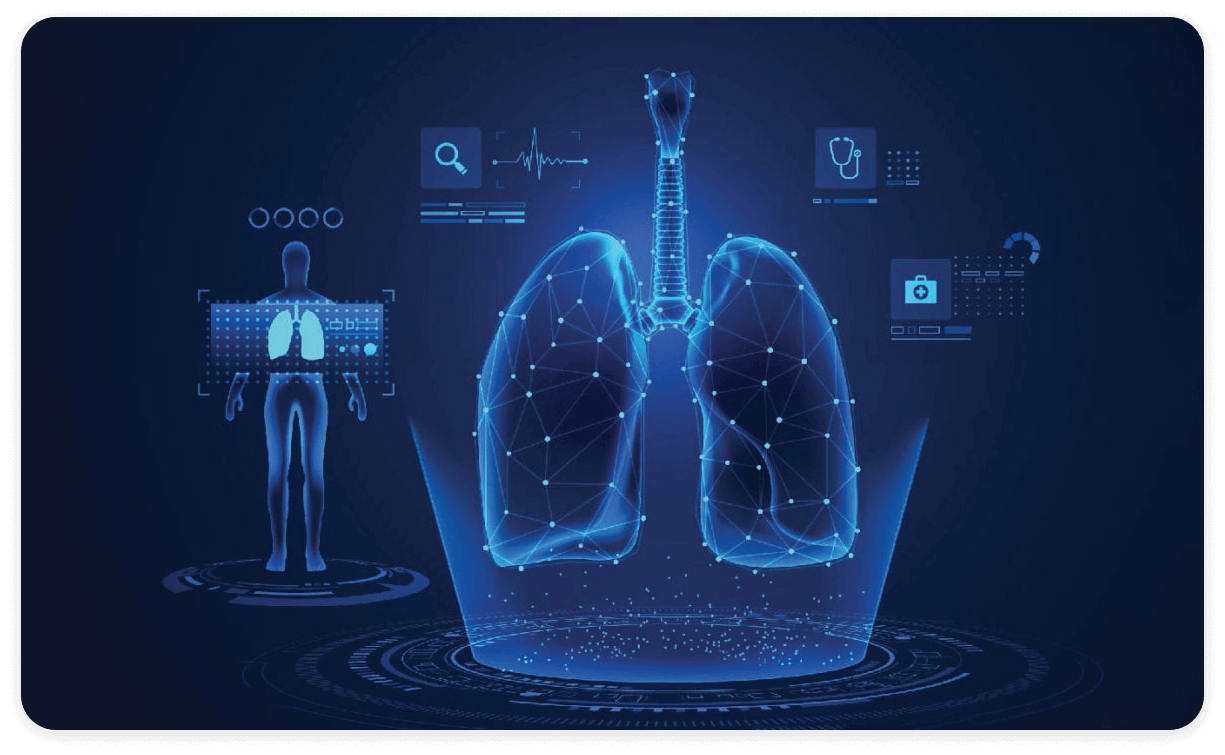Lung disease has been one the main causes of death for decades. Even before Covid-19 kicked in, mortality rates from respiratory diseases were on the rise. In the 30 years prior to the pandemic, they had increased an alarming 40 percent, while the rates for other major causes of death were decreasing steadily.
Experts have claimed that we have been suffering “a global crisis of the lung” for decades now. Among other things, this situation has been attributed to underinvestment, while other health issues such as stroke, cancer, or cardiac disease got much more attention.
But in the past years, with the emergence of the global pandemic, respiratory diseases came up front in the midst of the toughest health crisis in a century. As a result, a spotlight has been posed on lung treatments. As the health systems of the world were urged to get therapeutics approved with higher quality and with much more efficiency, biomedical engineers were driven towards innovation, resulting in a significant increase in the use of artificial intelligence as a tool to develop more efficient diagnosis and clinical trials.
Lung Intelligence: bringing greater quality and efficiency to lung disease treatment
Traditionally, lung imaging has been based on a variety of different techniques that include Computed Tomography (CT), X-Ray and ultrasound imaging. Images obtained through these techniques are used in the diagnosis of lung and respiratory diseases, as well as in the process of clinical trials.
The problem is, that the metrics by which the outcomes of trials are defined are excessively general, unable to show at a regional level what exactly is happening inside the lung. Historically, this has made respiratory trials longer and more expensive, and also usually less effective.
The concept of “Lung Intelligence” describes the attempt to incorporate AI to solve clinical problems related to the lung and incorporate it into clinical workflow and practice. Its goal is to measure the lung with greater precision, both structurally and functionally, to improve diagnosis, guide therapeutics, and measure treatment response.
Vida Diagnostics Inc. (VIDA), a company based in Iowa that is paving the way for greater development of Lung Intelligence, is implementing AI-powered solutions to incorporate efficiencies into clinical trials so that they can be performed with enhanced precision. Their goal is to leverage artificial intelligence and machine learning models to address inefficiencies and data quality issues in all types of lung and respiratory trials and therapies.
For example, using retrospective analysis based on AI to study the results of a trial for the treatment of emphysema, VIDA engineers were able to determine that supposedly failed drugs could instead have positive outcomes. Through precision measures based on the use of artificial intelligence, they established retrospectively that there were subclasses of patients that responded positively to the trials. Due to their generality, traditional measuring methods were not able to recognize this positive response. AI offered the possibility to find out new indicators and biomarker responses that were not identified before.
With these innovative methods, researchers are gaining flexibility and agility to put together the results of trials and better understand the response of patients, using real-world, high-quality data to improve the design, execution, and outcome analysis of clinical research.

The importance of AI for the future of respiratory diseases treatments
The pandemic has forced healthcare systems to gain much more awareness of lung and respiratory care. While clinicians are warning that new pandemics may be coming in the future, researchers and biomedical engineers in lung disease treatment stress the importance of incorporating the learnings of Covid-19 so that we can be better prepared for the future.
By paving the way for a new era of respiratory disease treatment, innovative companies such as VIDA are likely to have a huge impact on our ability to treat lung diseases in the future. The depth of insight brought by AI can grant professionals the tools they need to develop more personalized treatment plans, which ultimately means better outcomes and improved quality of life for patients.
To learn more about the latest trends in technology and AI, keep reading our blog!












